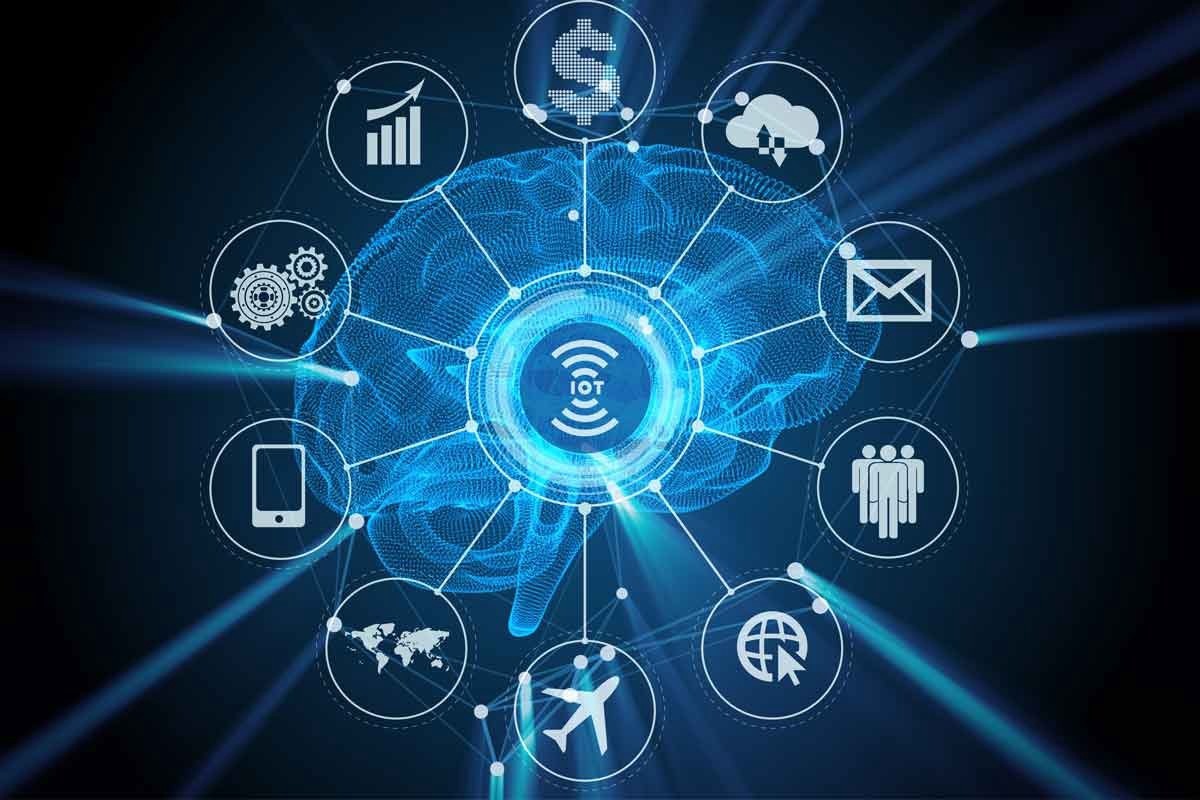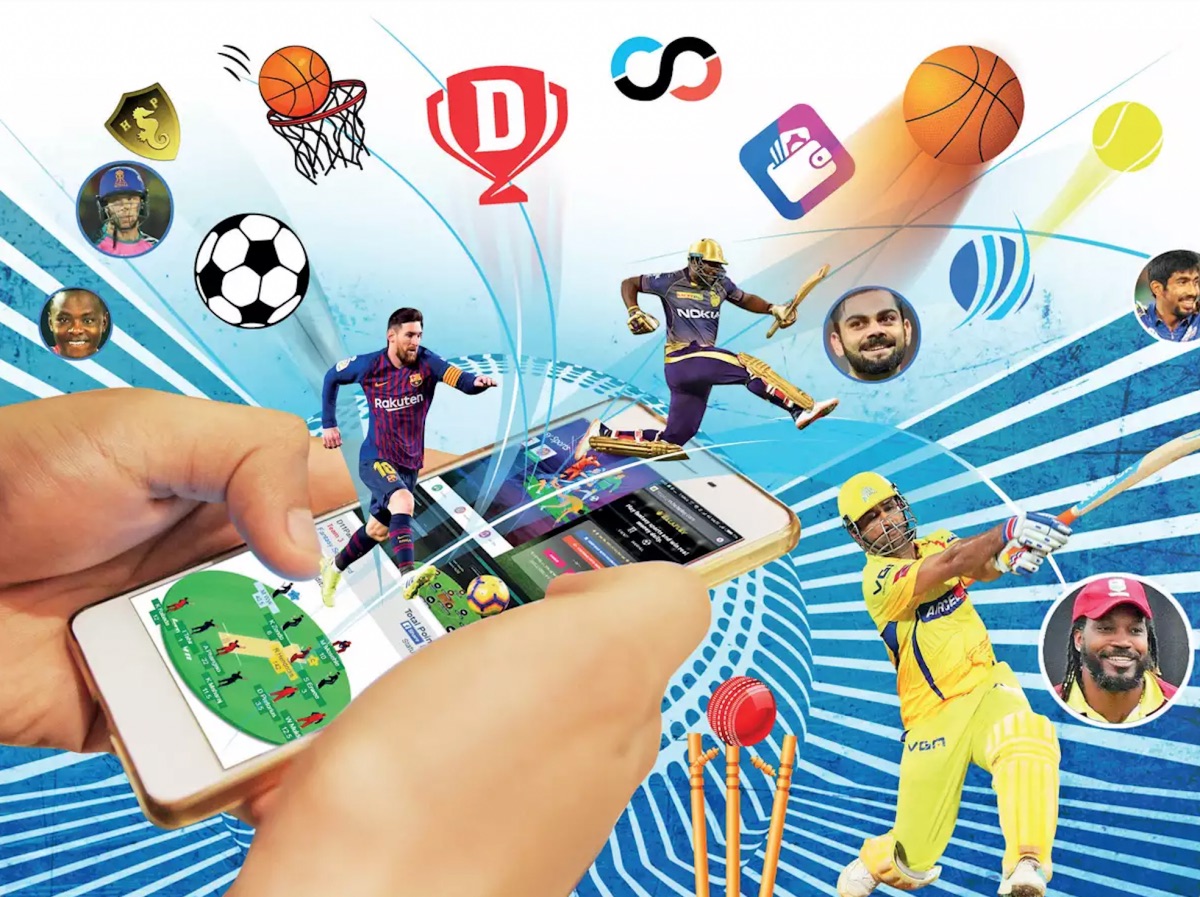Data streaming is the process of transmitting data in a continuous flow. This allows for the immediate display of information as it is received, which can be helpful for many different purposes.
As the big data revolution is taking over, businesses must invest time and resources in infrastructure adjustment to complement big data.
Rudderstack is one of the most effective and efficient open-source streaming services. If you’re a business looking to implement the right data streaming pipeline for your system, check out Rudderstack: https://www.rudderstack.com/.
This blog post will explore nine real-world use cases for data streaming. From stock trading to live chat applications, data streaming can be used in various ways to improve efficiency and user experience.
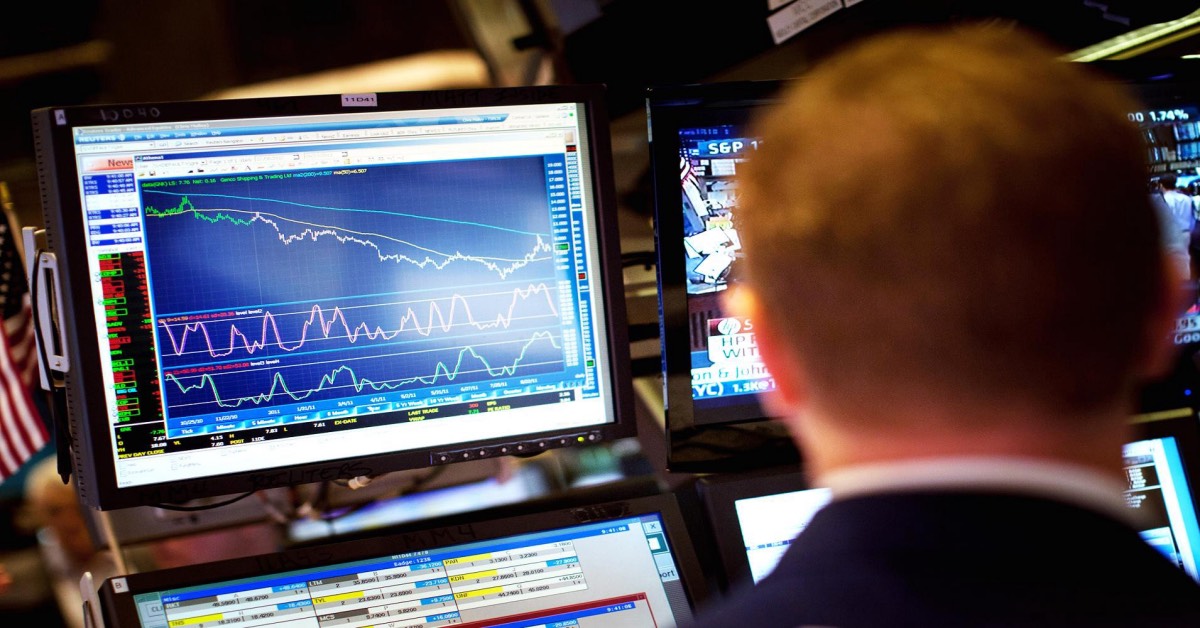
1. Stock Trading
Stock trading is one of the most relevant use cases for data streaming. To make informed decisions, traders need access to up-to-the-second data on stock prices, news, and events.
Data streaming provides this information in real-time, allowing traders to make the best possible decisions. Many stock trading platforms use data streaming to provide their users with an advantage, including Robinhood and TD Ameritrade.

2. Sports Betting
Sports betting is another industry where real-time data is essential. Bettors need to be able to see live odds and line movements to make informed decisions.
This data is streamed in real-time, allowing bettors to make the most informed decisions. Many sports betting sites, like Draft Kings and FanDuel, employ data streaming to give customers an edge.
3. Fantasy Sports
Another realm in which real-time data is critical is fantasy sports. To make the best possible decisions for their teams, fantasy sports players must be able to access live statistics and player information.
The data is streamed in real-time, providing fantasy sports players a leg up. ESPN and Yahoo Fantasy Sports are some of the most popular fantasy sports platforms that use data streaming.

4. Online Gaming
Live data is also essential for online gamers. For instance, players of massively multiplayer online (MMO) games are always looking for an edge over their opponents.
To give gamers this advantage, game developers stream data in real time. This is how players inside an MMO game can see how many opponents are still alive, what part of the map is left for survival, and other pertinent information.

5. Social Media
Social media platforms also use data streaming. An example of this would be Twitter.
Twitter uses data streams to send out real-time tweets, which is how users can see the latest tweets from people they follow as soon as they are posted.
Other social media sites like Facebook and Instagram also use data streaming for similar purposes, such as live updates on friends’ activities and the latest posts from pages that users follow.
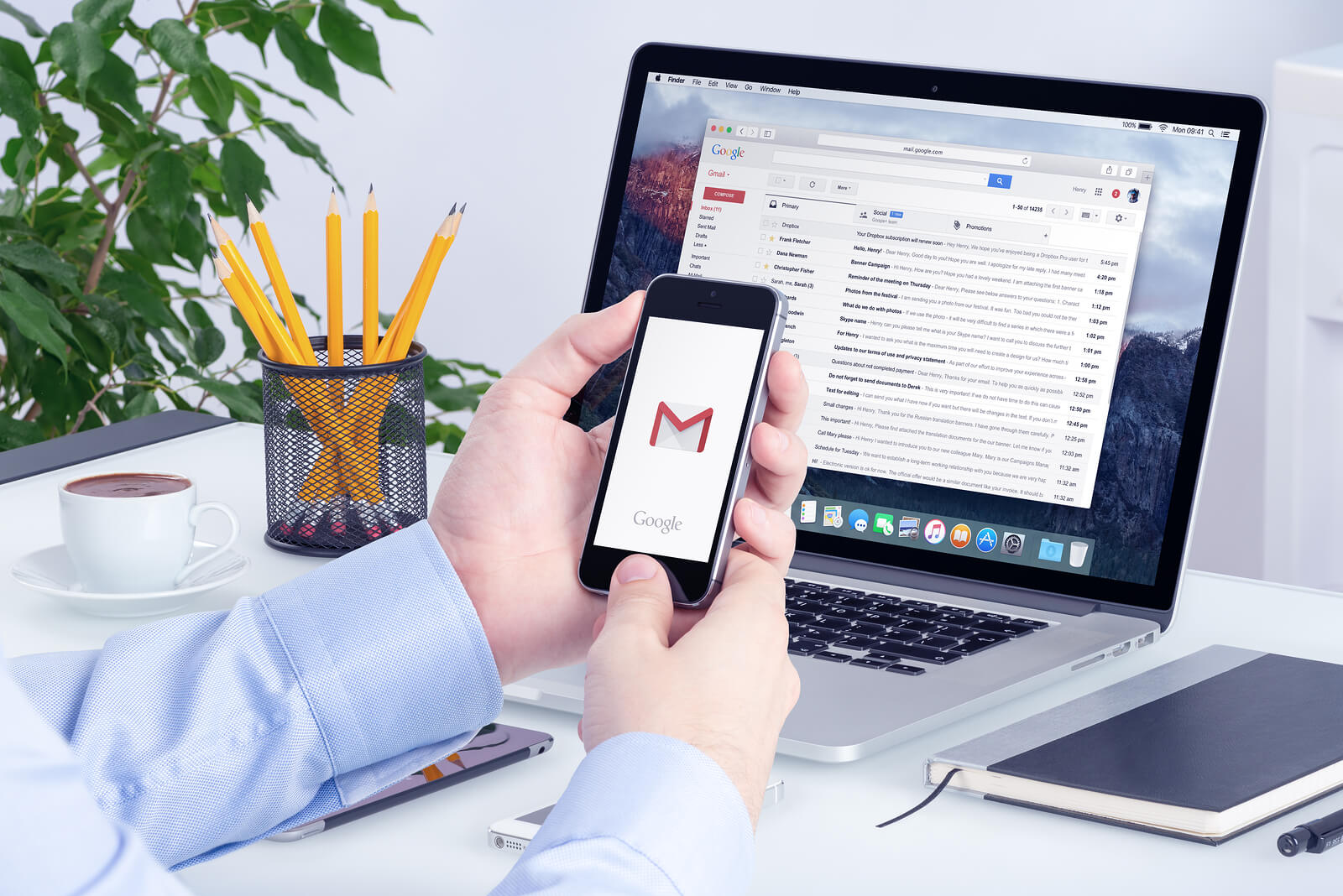
6. Messaging Apps
Many other applications, such as social media and instant messaging platforms, listen to streaming data.
Messaging apps like WhatsApp uses data streams to send messages in real time. Remember how users can see when their contacts are online and available to chat? Well, that’s real-time data streaming for you.

7. Live Video Streaming
Live video streaming is another popular application that makes use of data streaming. Multiple platforms offer live video streaming services, including YouTube, Facebook Live, and Twitch.
These platforms use data streaming to provide users with a seamless live experience. Just think of how you see a live video feed without any lag or buffering if you need an example.
8. Weather Tracking
Data streams are also used for more practical purposes, such as weather tracking. Weather applications like The Weather Channel use data streaming to provide users with the most up-to-date information on current conditions.
This is important for people, such as farmers and other outdoor workers, who need to know the weather in real-time.
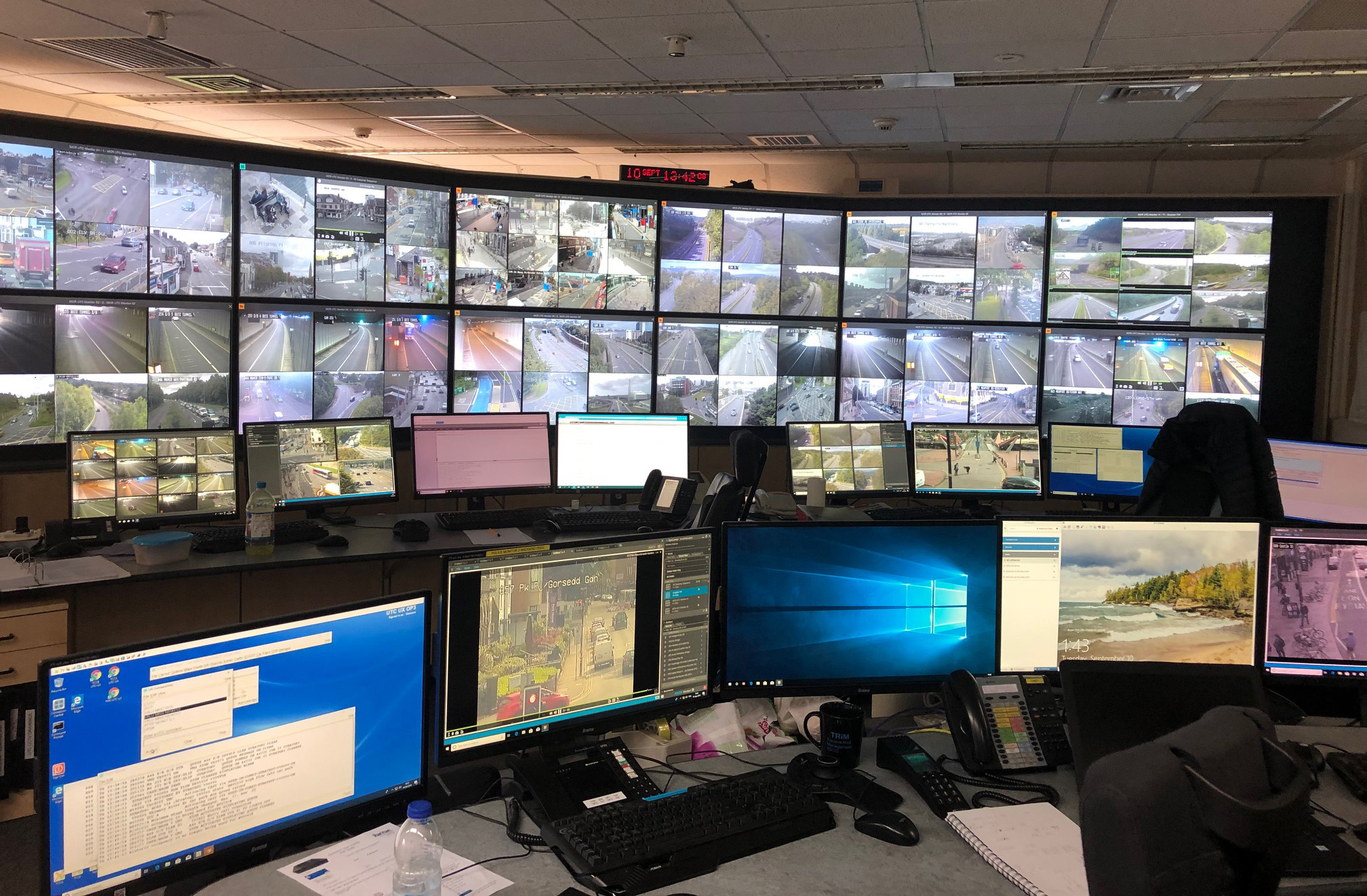
9. Traffic Monitoring
Another practical application of data streaming is traffic monitoring. In case you didn’t know, this is how Google Maps provides users with live traffic updates.
Using data streaming, Google Maps keeps track of current traffic conditions and gives users an estimated time of arrival (ETA) based on live data.
Conclusion
These are just some of the many real-world applications of data streaming. As you can see, data streaming is used for various purposes, ranging from social media to online gaming.
So, the next time you wonder how live tweets or traffic updates are possible, just remember that it’s all thanks to data streaming!
Do you know of any other interesting applications that use data streaming? Let us know in the comments below!

